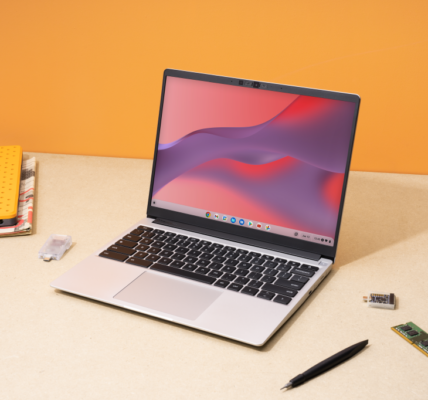If you enjoy streaming videos on your desktop computer, you may want to optimize its performance to ensure smooth playback and high-quality streaming. Here are some tips to help you optimize your desktop computer for video streaming:
1. Check your internet connection: A stable and high-speed internet connection is crucial for streaming videos. Make sure you have a reliable internet service provider and a fast internet plan. You can use online speed test tools to check the speed of your connection.
2. Close unnecessary applications: Running multiple applications in the background can consume system resources and affect your computer’s streaming performance. Close any unnecessary programs to free up memory and processing power.
3. Update your operating system and drivers: Keeping your operating system (OS) and drivers up to date can enhance the performance of your desktop computer. Regularly check for OS updates and install them promptly. Additionally, update your graphics card drivers to ensure optimal video playback.
4. Clear cache and cookies: Clearing the cache and cookies of your web browser can help improve streaming performance. Over time, these files can accumulate and slow down your browser. Go to your browser’s settings and clear the cache and cookies regularly.
5. Use an Ethernet connection: Although Wi-Fi is convenient, a wired Ethernet connection usually offers a more stable and consistent internet connection. If possible, connect your desktop computer directly to your router using an Ethernet cable for better streaming performance.
6. Optimize your browser settings: Adjusting the settings of your web browser can help enhance video streaming. For example, you can enable hardware acceleration or disable browser extensions that may be causing slowdowns.
7. Upgrade your hardware: If your desktop computer struggles with video streaming even after optimizing software settings, it may be time to upgrade your hardware. Consider adding more RAM, upgrading your graphics card, or switching to a solid-state drive (SSD) for faster data access.
8. Use a reliable media player: Choosing a reliable media player can enhance your video streaming experience. Consider using popular players like VLC Media Player or MPC-HC (Media Player Classic Home Cinema) that offer smooth playback and support various file formats.
9. Adjust video quality settings: Most video streaming platforms allow you to adjust the video quality manually. If you are experiencing buffering or lag, consider lowering the video quality to reduce the strain on your system and ensure smooth playback.
10. Keep your computer cool: Overheating can cause performance issues and lead to video playback problems. Ensure that your computer has proper ventilation and clean any excess dust from the fans and heatsinks. You can also use cooling pads or external fans to help keep your computer cool.
By following these tips, you can optimize your desktop computer for video streaming and enjoy uninterrupted, high-quality playback.



